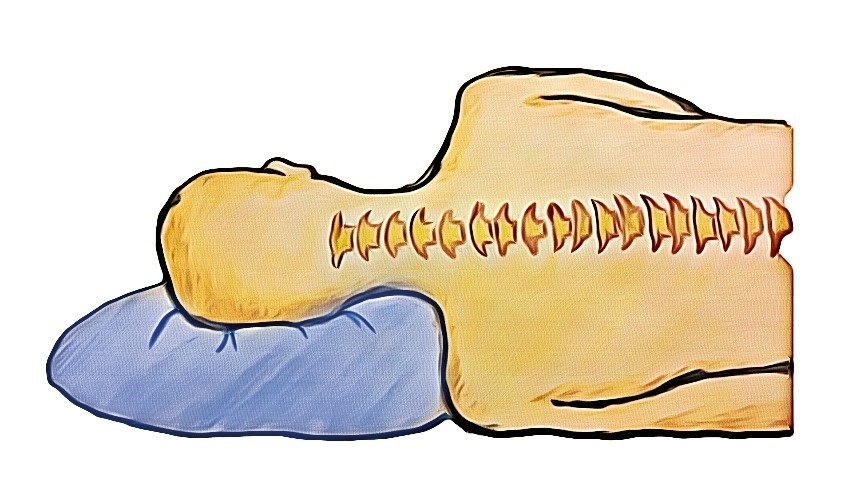
Tips for Comfortable Sleeping
For most of us, the hours we spend sleeping are simply a time for rest and recovery. However, you might be surprised to learn that your sleeping position can have a significant impact on your body, particularly if you already have an injury. When you consider that we spend approximately 40% of our lives in bed, it becomes less surprising.
Ideally, your body should be held in a position of minimal stress while sleeping. This means that all your joints and muscles are resting in a neutral position. Over time, joints that are held in more extreme positions may put pressure on the surrounding structures. This may lead to a feeling of stiffness in the morning. Here are a few of our top tips for comfortable sleeping.
Back Pain
For sufferers of back pain, finding a comfortable position at night can be difficult. Ideally, the natural curves of the spine should be maintained and supported throughout the night. The correct mattress will support your lower back without making you feel as though you have been sleeping on concrete all night. A mattress that is too soft might feel comfortable to begin with, but over time will let you sink too much, meaning the curve of the lower spine will be lost. Waking up with a stiff spine could be a sign that you are using the wrong mattress.
For many people, sleeping on their side keeps their spine in a more natural alignment than on their back. If you sleep on your back, placing a pillow under your knees can help to maintain your lumbar spinal curve throughout the night.
Neck Pain
While you may be attached to your pillow, it could be the cause of unnecessary neck pain for you. The neck is often the most vulnerable part of our body when our sleeping setup is not ideal. Side sleepers may let their neck fall excessively to the side with a pillow that is too low or have their neck elevated too much by having their pillows too high.
The importance of having a supportive pillow that supports your neck while sleeping cannot be overstated. If you find yourself putting your arm under your pillow while you sleep, it is likely that your pillow is too low. Having your shoulder in this position overnight can put unnecessary stress on the structures in the shoulder joint and should be avoided if possible.
Sleeping on your stomach with your head turned to the side can be the cause of many issues. If this is your preferred sleeping position, it could be worth chatting to your physiotherapist about strategies improve your sleeping posture.
Hip Pain
Side sleepers often spend their nights with one leg crossed over their body. This can place extra pressure on the structures on the side of the hip, such as tendons and bursa. This can also impact the health of these tissues as compression can reduce the blood flow to the area. If the mattress is too firm then the hip on the underside of the body may also be compressed under your bodyweight.
Placing a pillow under your knee while sleeping on your side can help to maintain a neutral alignment of your hip. This can also help to keep your lower back in a more neutral position during the night.
Speak to your physiotherapist for more advice on how to improve your sleeping posture and find out if your sleeping setup is right for you.
If you require professional advice or treatment, please see our range of treatment options, or book an appointment online. Physio Direct has many clinics located throughout New Zealand, with no GP referral required to make an appointment.
Physio Direct is ACC accredited so you can come to us directly to get an injury registered with ACC without having to go to your GP first, followed by an assessment, treatment and follow up review, to ensure correct care and recovery. Physio Direct can also refer you directly for Cortisone injections, X-Rays and Ultra Sound Scans and on to Specialists if needed.
Please feel free to print out these news letters and put the in the staffroom and hand them out to your team. Understanding more about injuries, gives people the power to prevent an injury from occurring in the first place. Prevention and education is the key!
